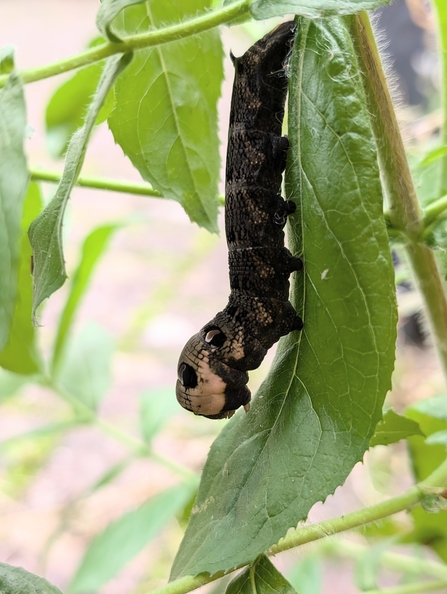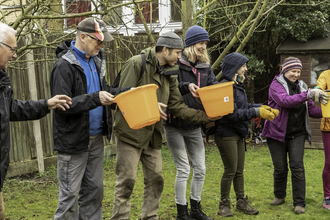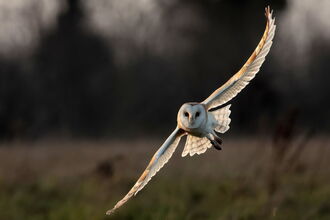When it comes to gardeners, whether at home or in the community, there seem to be two types: those with green fingers and those without. I most definitely fall within the ‘those without’ bracket and after visiting my sister at the end of May, it appears that she does too.
We both have what you could call typical garden plants and have chosen pollinator friendly species as much as possible. Both of us, though, have areas that have become overgrown, either intentionally or unintentionally.
When it comes to helping wildlife, there is absolutely nothing wrong with this. After all, what we call weeds in our gardens are wildflowers in the right habitat. With so much pressure on our insects we should all allow some space in the garden to show some love to weeds, whether by letting them grow in the lawn or by setting aside a small patch in a corner to grow wild.
Dandelions are probably the plants that most people love to hate. The deep tap root means it is a persistent resident of the lawn or driveway. But it is one ‘weed’ we should change our attitude toward, because it is such an important source of nectar for a huge range of pollinators as they emerge in spring. In fact, recording the number of different insects visiting your garden dandelions would make for quite an interesting little project.
My sister’s garden has a large nettle patch at the bottom. The stinging component is, of course, something to be aware of. Even a small patch kept under control, though, will be great for attracting butterflies such as the red admiral, peacock, comma and the increasingly hard to find small tortoiseshell. Both scarlet and garden tiger moths are attracted to nettles. The distinctive, hairy, ‘woolly bear’ caterpillars of the garden tiger can be seen feeding on them from August onward.




